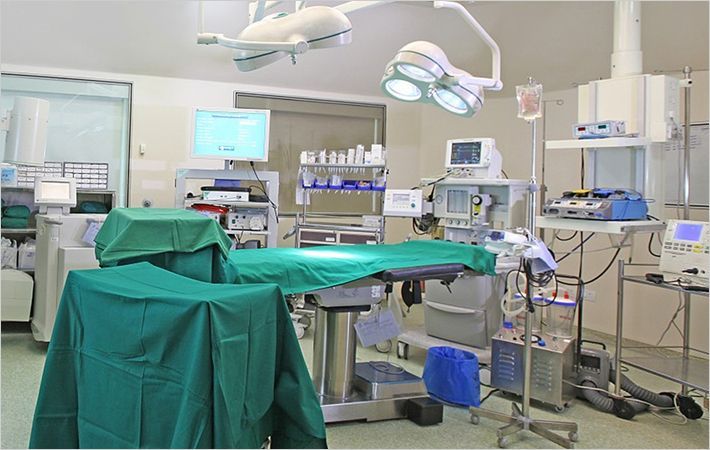An innovative 'surgical patch' that promotes rapid regrowth of tendon tissue could transform the success of shoulder repair operations.
An innovative 'surgical patch' that promotes rapid regrowth of tendon tissue could transform the success of shoulder repair operations.The patch will #
The patch will be used by surgeons to repair torn tendon tissue to bone, and patient trials are expected to begin later this year.
An innovative 'surgical patch' that promotes rapid regrowth of tendon tissue could transform the success of shoulder repair operations.The patch will #
Made from a new material developed by a team of surgeons, engineers and biochemists in Oxford, the 'smart-patch' promotes rapid regrowth of damaged tissue ensuring the injury heals more quickly and more successfully.
An innovative 'surgical patch' that promotes rapid regrowth of tendon tissue could transform the success of shoulder repair operations.The patch will #
The project is a collaboration between Oxford University Hospitals NHS Trust and the University of Oxford, and is funded by the National Institute for Health Research (NIHR) Oxford Biomedical Research Unit and the Medical Research Council.
An innovative 'surgical patch' that promotes rapid regrowth of tendon tissue could transform the success of shoulder repair operations.The patch will #
Andy Carr, an Oxford University Hospitals surgeon and Nuffield Professor of Orthopaedic Surgery at the University of Oxford, led the development of the patch, which has been designed to repair damage to the rotator cuff, the group of tendons and muscles that control movement of the shoulder.
An innovative 'surgical patch' that promotes rapid regrowth of tendon tissue could transform the success of shoulder repair operations.The patch will #
More than 10,000 rotator cuff repairs are performed in the UK each year (more than 300,000 are performed in the US), and the group's own research has shown that between 25 and 50 percent will fail to heal properly.
An innovative 'surgical patch' that promotes rapid regrowth of tendon tissue could transform the success of shoulder repair operations.The patch will #
Prof Carr said: "Around a third of the population will suffer from should pain due to tendon disease at some time in their life, making it the third most common musculoskeletal complaint.
An innovative 'surgical patch' that promotes rapid regrowth of tendon tissue could transform the success of shoulder repair operations.The patch will #
"This type of injury will not kill you but it can seriously affect your quality of life. Patients are often in a lot of pain, with severely restricted movement. In some cases it can affect your livelihood and in older people it can affect independence. This will become more and more of a problem as the population ages and the retirement age is increased."
An innovative 'surgical patch' that promotes rapid regrowth of tendon tissue could transform the success of shoulder repair operations.The patch will #
Prof Carr said the failure rate of surgery was due to the fact that the body was failing to repair properly after surgery. To improve the outcomes of surgery, the team have designed a material that mimics the normal environment that cells require in order to mount a successful repair.
An innovative 'surgical patch' that promotes rapid regrowth of tendon tissue could transform the success of shoulder repair operations.The patch will #
He added: "The key to the new patch is creating a composite of two material layers. One layer is a very fine 'nanoscale' synthetic mesh that is recognised by cells and which promotes growth of new tissue. Our patch provides the physical cues needed for normal growth and development.
An innovative 'surgical patch' that promotes rapid regrowth of tendon tissue could transform the success of shoulder repair operations.The patch will #
"However, because this fine mesh is relatively flimsy, a second woven layer of thicker strands is bonded to it to provide strength. This stronger layer means the scaffold can be sutured in position by a surgeon. It also protects the repair during the six to eight weeks required for tissue healing."

